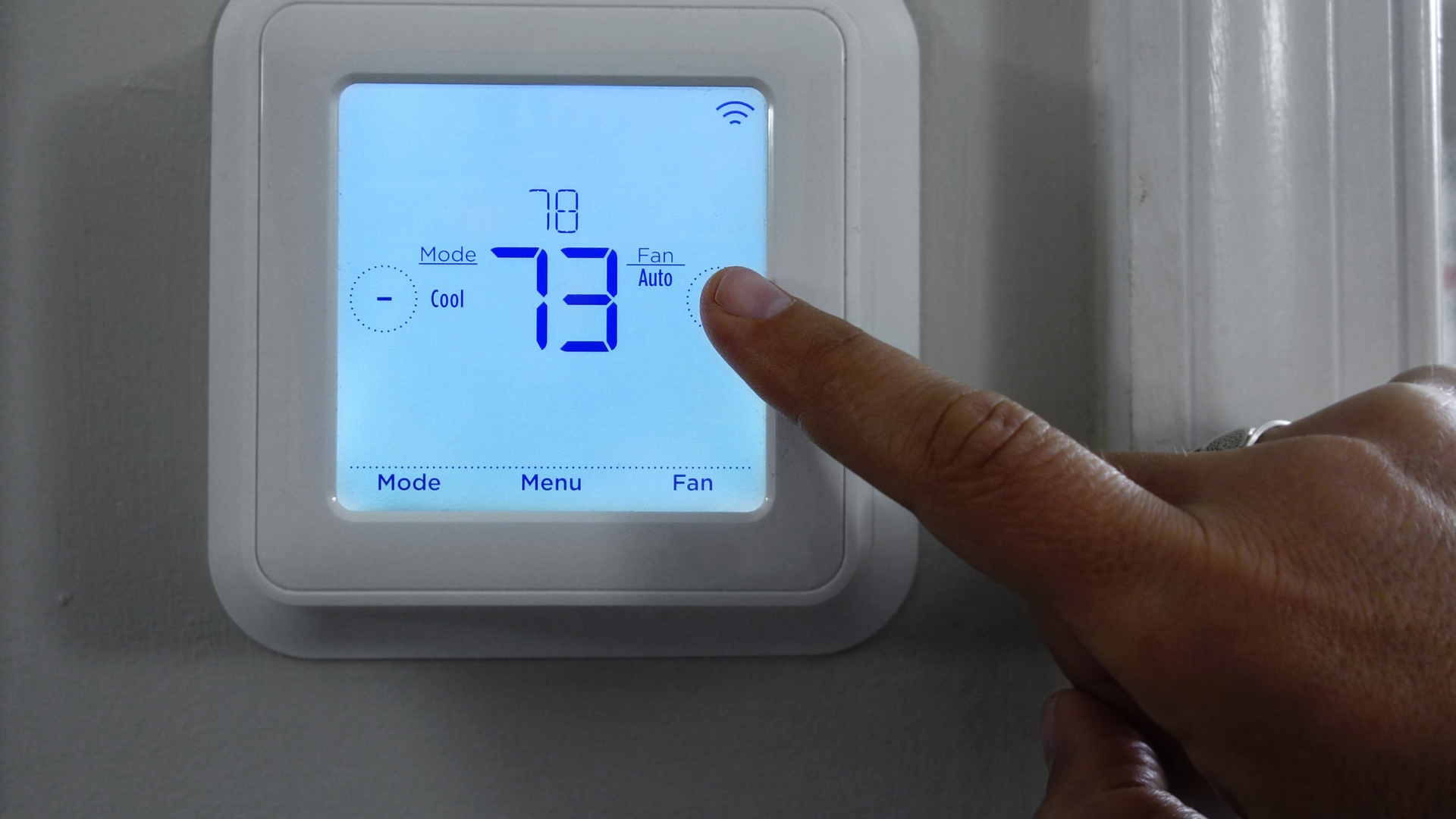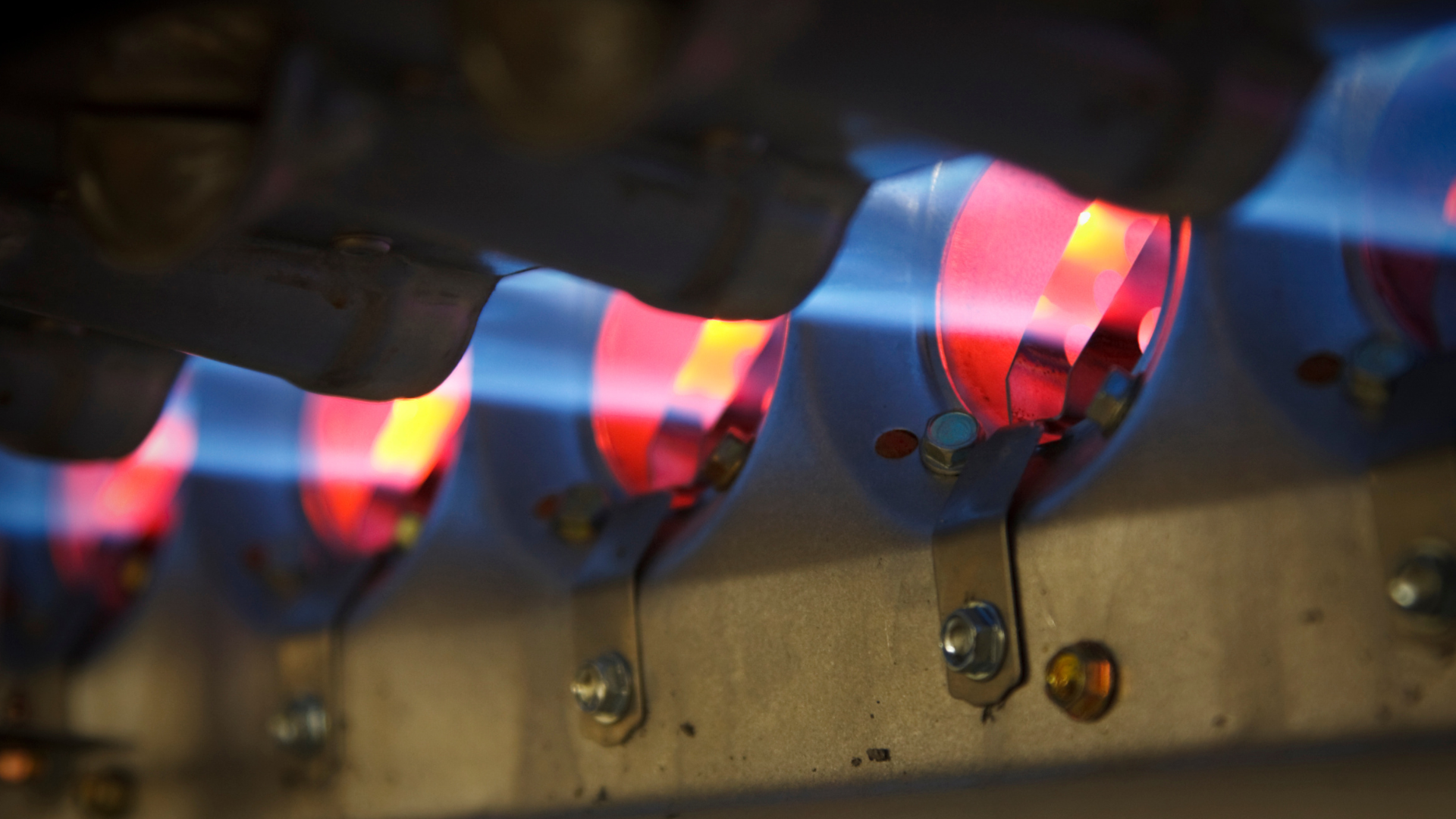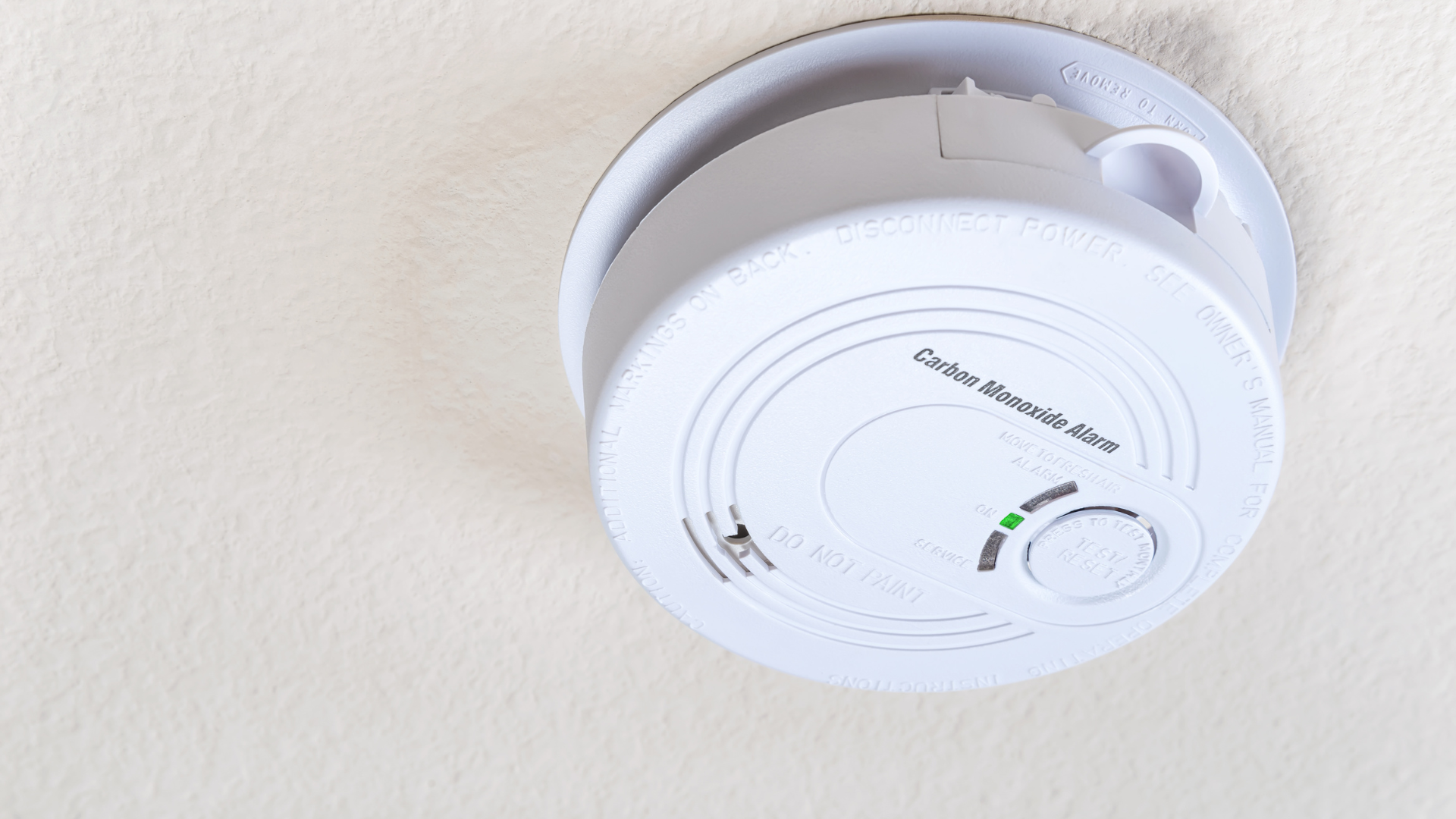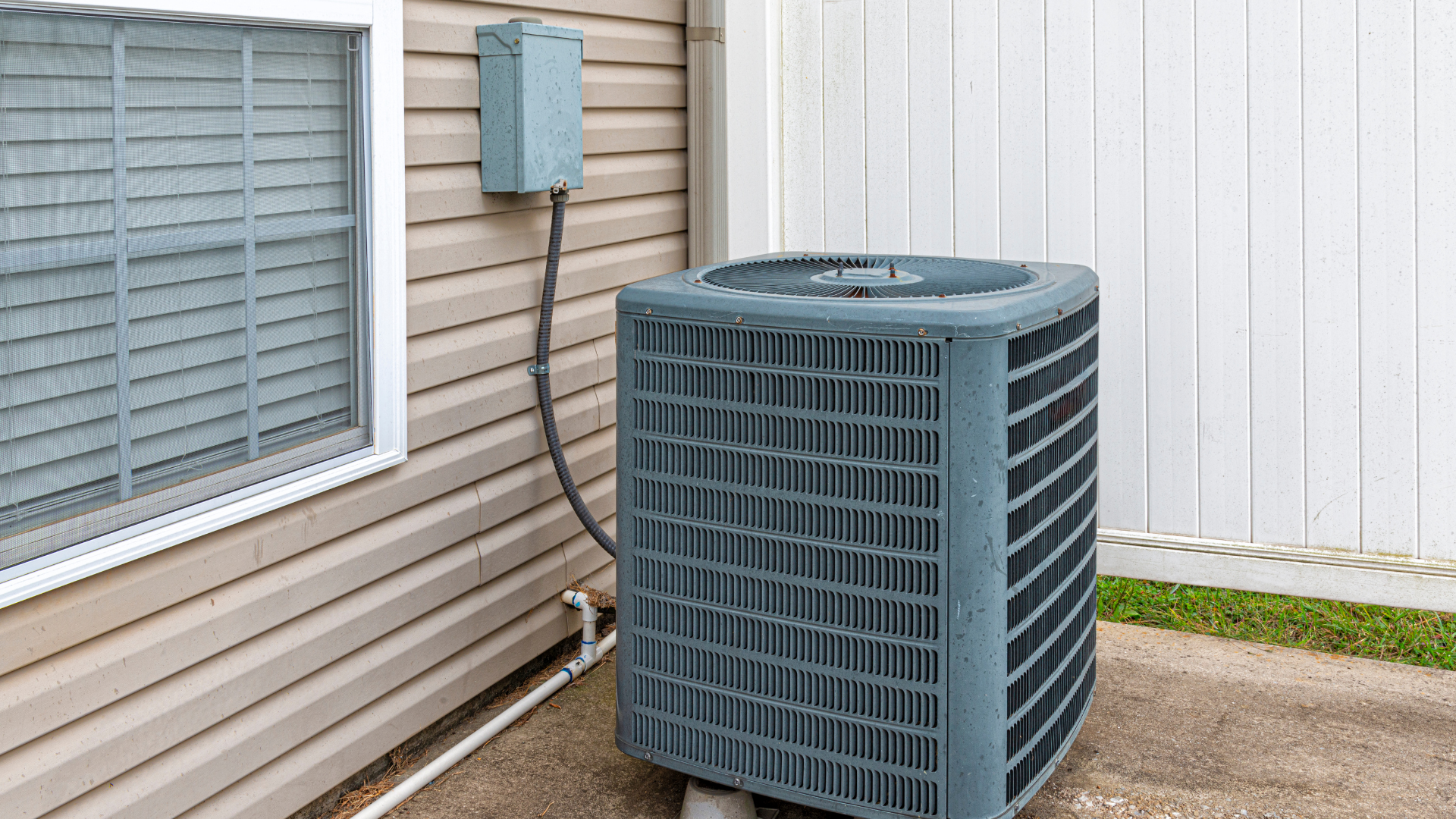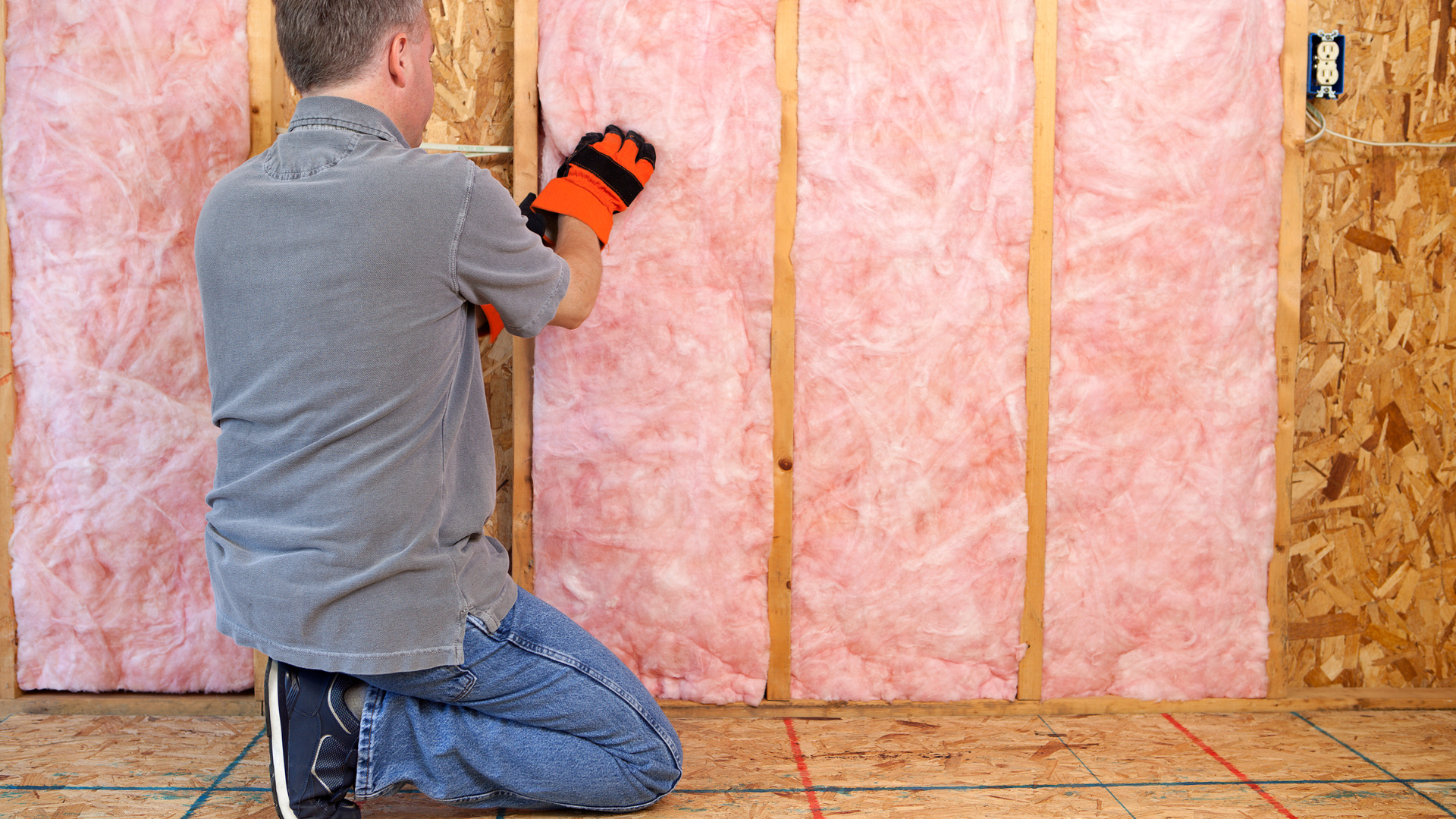Flat Rate vs. Time and Material: A Homeowner's Guide to HVAC Pricing
Flat Rate vs. Time and Material: A Homeowner's Guide to HVAC Pricing

When your furnace goes out in the dead of winter or your AC unit gives up on the hottest day of the year, the last thing you want to worry about is a confusing bill. HVAC repairs and installations can be a significant investment, and understanding how you're being charged is crucial. Two common pricing models you'll encounter are flat rate and time and material. Both have their own pros and cons, and knowing the difference can help you make a more informed decision and avoid unexpected costs.
Flat Rate Pricing: The "No Surprises" Approach
Flat rate pricing, also known as "upfront pricing," is exactly what it sounds like. After a technician diagnoses the problem, they consult a standardized price book or a digital tool to give you a single, all-inclusive price for the job—before any work begins. This price includes parts, labor, and all other associated costs.
Pros of Flat Rate Pricing:
- Predictability: This is the biggest advantage. You know exactly what you will pay before the job starts. There are no surprises, no matter how long the repair takes.
- No "Clock Watching": You don't have to worry about a slow or inexperienced technician costing you more money. The price is fixed, so the technician is motivated to complete the job efficiently.
- Transparency: A reputable company with a flat rate system will present you with a clear, written estimate for the entire job. This makes it easy to compare quotes from different companies.
Cons of Flat Rate Pricing:
- Potentially Higher Cost for Simple Jobs: The flat rate often includes an average time for the job, so if a repair turns out to be very simple and takes only 15 minutes, you'll still pay the full flat rate price.
- Less Flexibility: The price is set for a specific repair. If additional, minor work is needed that wasn't included in the original diagnosis, it may require a new quote, which can add complexity.
- Diagnostic Fee: Many flat rate companies charge a separate fee just to come out and diagnose the problem. This fee may or may not be waived or applied to the final repair cost if you choose to move forward with the service.
Time and Material Pricing: The "Pay for What You Get" Approach
With time and material pricing, the final cost is calculated based on the actual time the technician spends on the job plus the cost of any parts and materials used. The company will typically provide you with an hourly labor rate and an estimate of how long the job will take. However, this is just an estimate, and the final price can fluctuate.
Pros of Time and Material Pricing:
- Potential Savings on Simple Jobs: If a repair is quick and easy, you could end up paying less than you would with a flat rate system.
- Detailed Breakdown: The invoice should provide a detailed breakdown of labor hours and the cost of each part used. This can give you a clear understanding of where your money went.
- Flexibility: This model allows for more flexibility if unexpected issues arise during the repair. The technician can address them as they go, and you will simply be charged for the additional time and parts.
Cons of Time and Material Pricing:
- Unpredictability: This is the main drawback. The final cost can be a complete mystery until the job is done. A job that was estimated to take two hours could take four, doubling your labor costs.
- Incentive to Work Slower: There is a potential for a less-than-reputable technician to drag out a job to increase the number of billable hours.
- Difficulty in Comparing Quotes: It can be very difficult to compare a time and material quote from one company to a flat rate quote from another. It's also hard to compare two time and material quotes if they have different hourly rates and different estimates of job duration.
Which is Right for You?
Choosing between flat rate and time and material depends on your personal preference and the specific situation.
- Choose flat rate if: You value predictability and peace of mind above all else. You want to know the exact cost before work begins and you don't want to worry about how long the job will take. This is often the preferred choice for larger, more complex jobs where unexpected issues are common.
- Choose time and material if: You are comfortable with some uncertainty and believe the job will be straightforward and quick. This can be a good option for minor repairs if you trust the contractor and have a good understanding of their hourly rates.
A Final Word of Advice: No matter which pricing model a company uses, always get a written estimate. For time and material jobs, ask for a "not to exceed" clause, which puts a cap on the total cost. And for flat rate jobs, make sure you understand what the diagnostic fee covers. The best way to ensure a fair price is to find a reputable, trustworthy contractor, regardless of their billing method.
Click Another Article to Read More
